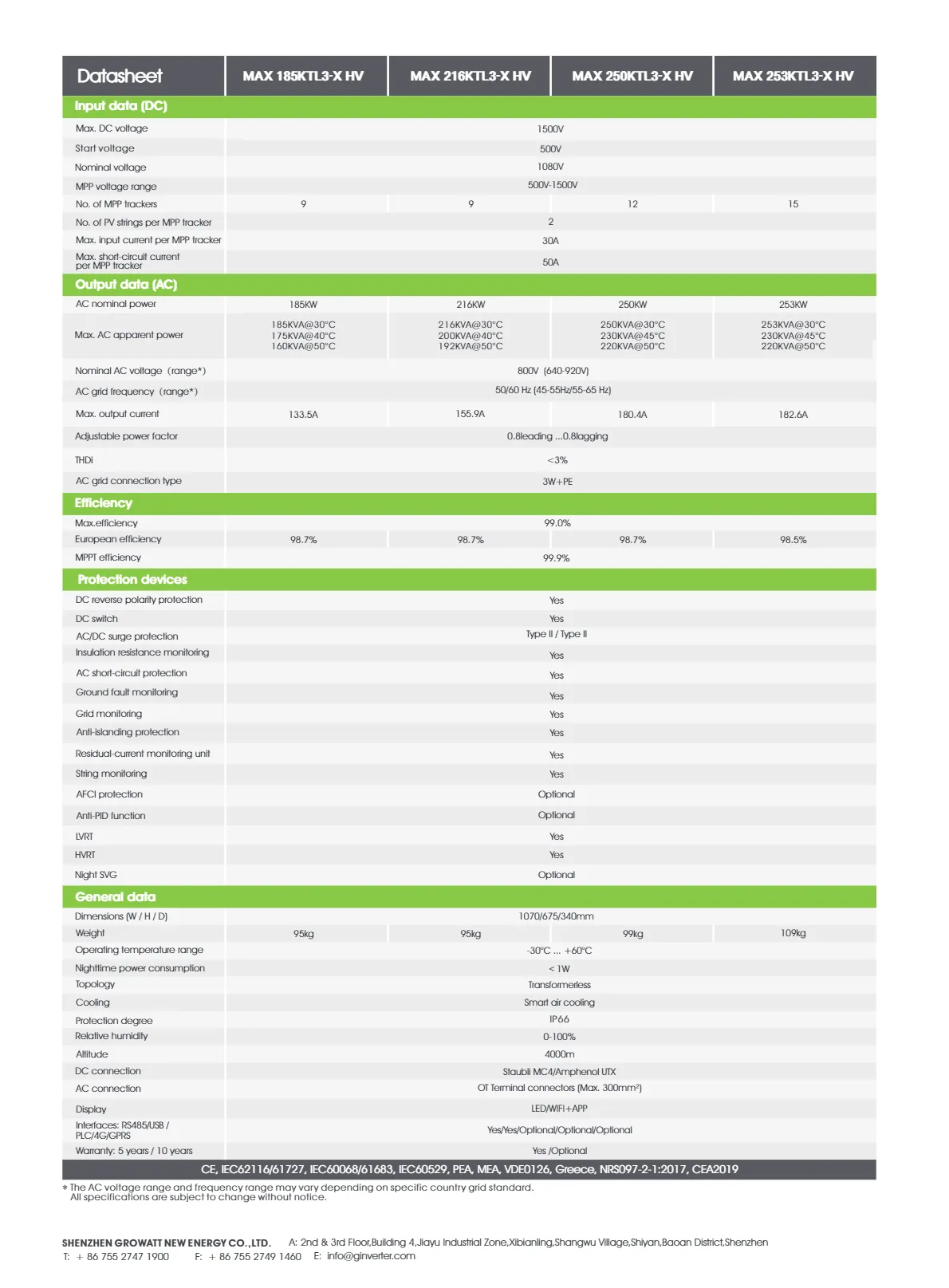bifacial vs monofacial solar panel cost
Bifacial vs. Monofacial Solar Panel Cost A Comprehensive Analysis
Bifacial vs
. Monofacial Solar Panel Cost A Comprehensive AnalysisMonofacial solar panels are the traditional type of photovoltaic (PV) modules. They have solar cells on one side and are generally less expensive to manufacture due to their simpler design. Costs for monofacial panels can range from $0.50 to $0.80 per watt, depending on various factors such as brand, efficiency ratings, and market demand. This lower price point makes monofacial panels an attractive option for those looking to minimize initial investment costs. However, their energy production is limited to direct sunlight received on the front side, which could be a disadvantage in certain settings.
bifacial vs monofacial solar panel cost

In contrast, bifacial solar panels are a newer technology designed to capture sunlight from both sides. This dual exposure allows them to absorb reflected light from the ground or adjacent surfaces, potentially increasing their overall energy yield by 10% to 30% compared to monofacial panels. However, the cost of bifacial panels is higher, typically ranging from $0.70 to $1.00 per watt. This higher initial investment can be a barrier for some, but the increased efficiency and long-term energy production may justify the additional upfront cost.
When evaluating the overall cost-effectiveness of bifacial versus monofacial panels, it’s crucial to consider the long-term benefits. Bifacial panels may have a higher efficiency and longer lifespan, leading to lower Levelized Cost of Energy (LCOE). This is the price at which electricity must be sold for a project to break even over its lifetime. In the long run, bifacial panels can provide more value, especially in locations with reflective ground surfaces, such as snow or concrete.
In conclusion, the decision between bifacial and monofacial solar panels involves a careful assessment of costs, efficiency, and installation conditions. While bifacial panels have a higher upfront cost, their potential for increased energy production may lead to better economic returns over time. Homeowners and investors should weigh the initial investment against long-term gains to determine which type of solar panel aligns with their financial and energy goals. As the technology advances, the landscape of solar panel options will continue to evolve, making it essential to stay informed about market trends and emerging innovations.
-
String Solar Inverter: The High-Efficiency Solution for Smart Solar EnergyNewsJul.14,2025
-
Revolutionizing Rooftop Energy with the Power of the Micro Solar InverterNewsJul.14,2025
-
Power Independence with Smart Off Grid Solar Inverter SolutionsNewsJul.14,2025
-
On Grid Solar Inverter: Powering the Future with Smart Grid IntegrationNewsJul.14,2025
-
Monocrystalline Solar Panels: High-Efficiency Power for the Future of Clean EnergyNewsJul.14,2025
-
Bifacial Solar Panel: A Smarter Investment for Next-Generation Energy SystemsNewsJul.14,2025







